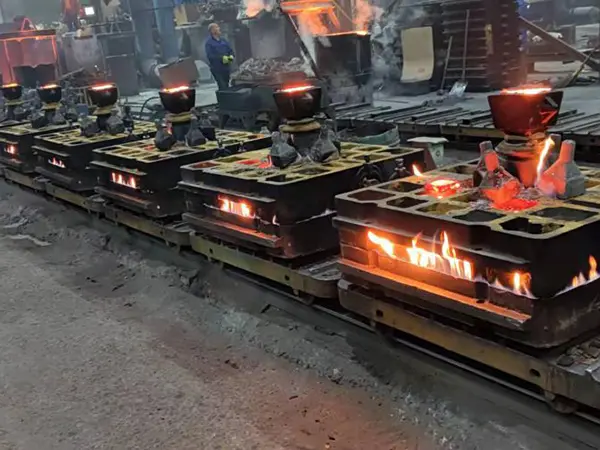Introduction to Sand Casting 101
Sand casting is a widely used manufacturing process that allows for the creation of complex metal parts with varying shapes and sizes. This versatile method is particularly popular in foundries and industrial applications due to its cost-effectiveness and adaptability. The technique involves creating a mold from a mixture of sand and a binding agent, typically clay. The mold is then filled with molten metal, which cools and solidifies to form the desired part.
The Sand Casting Process
The sand casting process begins with the preparation of the sand mixture. Silica sand is commonly used because of its good thermal resistance and availability. The sand is mixed with a bonding agent, which helps the grains stick together and retain the shape of the mold. To create a mold, two halves are formed the cope (top half) and the drag (bottom half). The two halves are assembled to create a cavity that defines the shape of the final product.
Once the mold is prepared, the next step involves pouring molten metal into the cavity. The metal can be various alloys, including aluminum, iron, and bronze, each chosen based on the application's requirements. After pouring, the metal is allowed to cool and solidify. The cooling time varies depending on the size and type of metal used.
sand casting 101

After the metal has cooled, the mold is carefully broken away to reveal the casting. This is often done using vibration or mechanical means, ensuring that the fragile sand mold does not damage the final product. Following the demolding, the casting may require additional finishing processes, such as grinding, machining, or surface treatment to achieve the desired tolerances and surface quality.
Applications and Advantages
Sand casting is renowned for its ability to produce intricate shapes and large components that would be challenging to create using other methods. It is commonly used in industries such as automotive, aerospace, and military applications, where precision and reliability are crucial.
One of the main advantages of sand casting is its low cost, especially for small production runs. The process also allows for the use of various metals and alloys, making it suitable for a wide range of applications. Additionally, sand molds can be reused multiple times, further enhancing the process's efficiency.
In conclusion, sand casting is a foundational technique in metalworking that produces a diverse range of components. Understanding the principles and processes behind sand casting is essential for anyone interested in manufacturing and engineering.
Post time:אוק . 02, 2024 04:35
Next:Benefits of Choosing Sand Casting Over Other Manufacturing Methods
